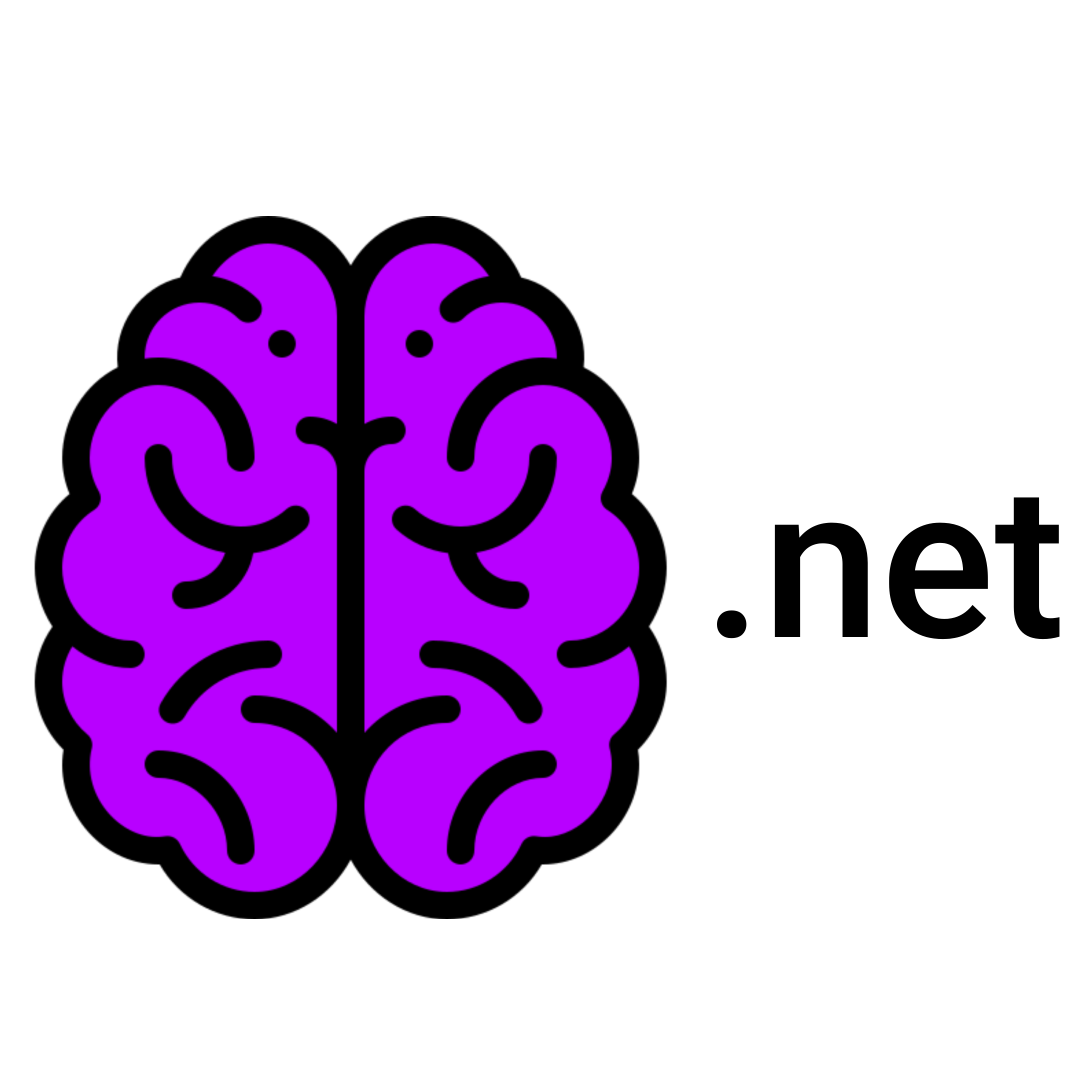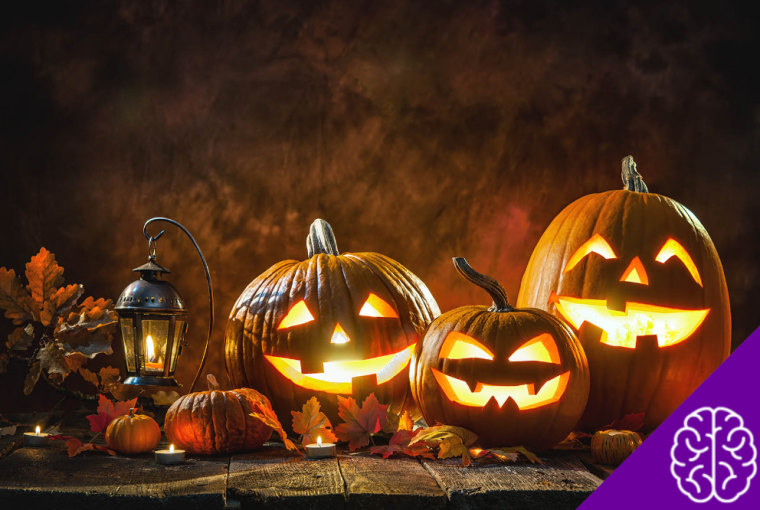Carved pumpkins, trick-or-treating, and spooky costumes—Halloween is a globally recognized holiday. But behind the fun and frights lies a history of Halloween filled with ancient traditions and cultural shifts that many people don’t know.
This article explores the origins of Halloween, from its pagan roots to its modern-day controversies. You’ll learn how a Celtic festival evolved into a commercialized phenomenon and what it all really means.
What is Halloween?
Halloween, also known as All Hallows’ Eve, is celebrated annually on October 31st. Though it’s now associated with candy and creative outfits, its origins trace back thousands of years.
The name “Halloween” comes from the term “All Hallows’ Eve,” which translates to “the evening before All Saints’ Day.” Long before it was linked to jack-o’-lanterns and haunted houses, the celebration existed among the ancient Celts of the British Isles.
Historians believe it all began with the Celtic festival of Samhain (pronounced “sow-in”), which marked the end of summer and the beginning of winter.
For the Celts, this was a time when the boundary between the living world and the spirit world grew thin. They would light bonfires and perform rituals to ward off malevolent spirits and honor their ancestors.
Over time, these pagan customs merged with Christian traditions and evolved into the holiday we celebrate today. This transformation was especially prominent in the United States, where Halloween became a major cultural event.
As with many American traditions, its popularity eventually spread to other countries, including Brazil, where the sense of mystery and fun has found a welcoming audience.
The Origins of Halloween
The history of Halloween is a fascinating blend of pagan and Christian influences, each contributing unique elements to the celebration we know today.
Pagan Roots
The festival’s origin is tied to ancient pagan traditions, most notably the Celtic festival of Samhain. This event marked the end of the harvest season and the arrival of winter, a time when it was believed the spirit world came closer to the living.
Witches were thought to play a significant role during this period. According to folklore, they would anoint themselves with special balms that made their skin glow and their bodies feel light, fueling legends about their mysterious powers.
The famous broomstick, now a symbol of flight, was originally used to cleanse ritual spaces and purify the environment. The belief that witches could fly may have started when someone saw a woman using a broomstick to vault over a stream during All Hallows’ Eve.
Black cats also became inseparable from Halloween folklore. Many believed these animals were the spirits of witches transformed, while other tales described them as loyal companions who assisted in casting spells and protecting secrets.
Christian Influence
The Christian origin of Halloween is equally intriguing. Although now linked to spooky stories and costumes, the term “Halloween” derives from a Scottish Christian phrase meaning “All Hallows’ Eve.”
In the early centuries of Christianity, churches commonly held ceremonies to honor martyrs and saints. A pivotal moment occurred on May 13, 609 AD, when Pope Boniface IV dedicated the Pantheon in Rome to the Virgin Mary and all Christian martyrs, establishing a day for their commemoration.
This date coincided with the ancient Roman festival of the dead, known as Lemuria, intertwining pagan and Christian traditions.
The celebration continued to evolve. Pope Gregory III expanded the holiday to include all saints, and in 835 AD, Pope Gregory IV officially moved the date to November 1st.
This change aligned with ancient pagan harvest festivals. Historians suggest this decision was influenced by both Celtic and Germanic traditions, as both cultures held festivals in early winter to honor the dead and seek spiritual renewal.
Ultimately, Halloween emerged from this fusion of ancient pagan beliefs and Christian rites, transforming a simple night of remembrance into one of the world’s most captivating and symbolic celebrations.
The History of Halloween
While its roots are in Europe, the version of Halloween celebrated globally today was largely shaped in the United States.
Halloween in the United States
American movies and TV shows have cemented the image of Halloween in popular culture: streets lined with glowing jack-o’-lanterns, children in costumes going door-to-door, and the classic phrase, “trick or treat?”
But it wasn’t always this way. Halloween arrived in the United States in the 19th century with Irish and Scottish immigrants, who brought their traditions from the ancient Celtic festival of Samhain.
They celebrated the end of the harvest and believed that the spirits of the dead returned to Earth on this night. As these customs crossed the Atlantic, they began to blend with other local cultures and beliefs.
Initially, Halloween was a simpler affair, marked by bonfires, village parties, and storytelling about ghosts and spirits. It wasn’t until the early 20th century that the holiday shifted toward a more lighthearted, child-focused celebration.
This period saw the rise of traditions like trick-or-treating, creative costumes, themed parades, and carving pumpkins into jack-o’-lanterns.
The cultural explosion of Halloween was fueled by film and television, which helped spread its traditions worldwide.
Movies and series set during this time of year turned the holiday into a pop culture phenomenon, full of mystery, humor, and fun.
What is Halloween’s Connection to Witches?
Witches are central to Halloween, and this connection dates back long before the holiday took its modern form.
The figure of the witch is directly linked to the ancient Celtic traditions of Samhain, when the veil between the living and spirit worlds was believed to be at its thinnest.
During this time, many people feared that supernatural beings roamed the Earth. To protect themselves and confuse these spirits, they would wear frightening costumes.
The image of the witch, with her spells and mysterious nature, became intertwined with the symbolism of the date.
Witches represented the power of the occult and a connection to the unknown, elements that fit perfectly with the dark and magical atmosphere of Halloween.
Over the centuries, these traditions evolved. The custom of dressing in scary costumes continued but took on a more playful and festive tone. The famous “trick or treat” tradition also has its roots in these ancient beliefs.
During Celtic times, it was thought that offering food to spirits would appease them and prevent them from causing mischief.
Today, this gesture has been transformed into a children’s game, where they exchange scares for sweets on a night full of fun.
What Are the Controversies Surrounding Halloween?
Despite its global popularity, Halloween is not without its share of controversies and debates.
One of the main points of contention is its pagan origin. Because it grew out of ancient Celtic traditions and rituals related to Samhain, some religious groups view the holiday with discomfort, associating it with mystical or occult practices.
Another issue is the commercialization of the holiday. Over the years, Halloween has become a massive commercial event, generating billions of dollars annually from sales of costumes, candy, decorations, and parties.
Critics argue that this consumerism has caused the original spiritual or cultural meaning of the celebration to be lost amidst marketing and consumption.
Finally, cultural appropriation is a significant point of discussion. Certain costumes, particularly those representing specific peoples or cultures, have been criticized for reinforcing stereotypes and demonstrating a lack of cultural sensitivity.
This debate has gained momentum in recent years, prompting many to reconsider their costume choices in favor of more respectful and creative options.
A Global Phenomenon with Ancient Roots!
From its origins as an ancient Celtic festival to its modern status as a global celebration, Halloween has undergone a remarkable transformation.
It stands as a testament to how traditions can blend, evolve, and take on new meanings across different cultures and eras.
While some debates about its commercialization and cultural impact continue, the holiday remains a beloved occasion for fun, creativity, and a touch of spooky excitement for people around the world!


